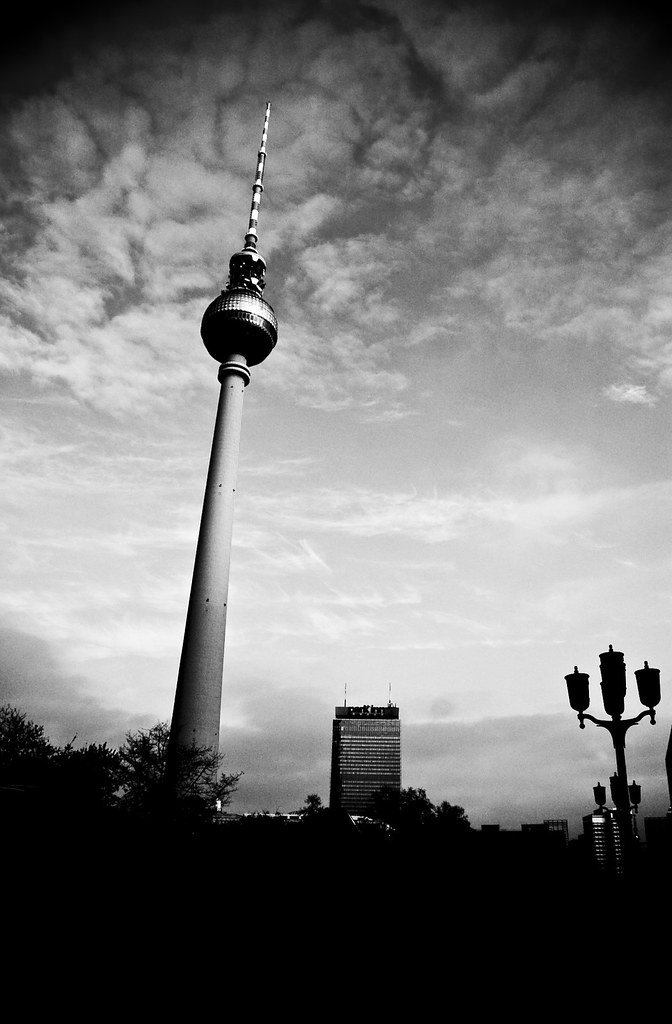By Stephanie Viktoria Schmitt
Three young and ambitious Ecuadorians find their Metier in supporting the threatened/slowly dying traditions of their homeland. Together they have set up an organisation that supports local Andean artisans by selling their produce to the well-informed global consumer. Stephanie Viktoria Schmitt charts their story…
Three young and ambitious Ecuadorians find their Metier in supporting the threatened/slowly dying traditions of their homeland. Together they have set up an organisation that supports local Andean artisans by selling their produce to the well-informed global consumer. Stephanie Viktoria Schmitt charts their story…
 |
| Behind Metier: Hugo Gonzenbach, Alessandro Benincasa, Diana Pazmino |
Hugo, believing in the concept of social, environmental and economic thinking and Diana specialising in conservation and natural resource management realised their ideas and ideals along with Alessandro Benincasa, who had moved to Montechristi from Milan, Italy, as a child. Alessandro, who spent his childhood with the handcraft communities as his neighbours, grew up valuing this heritage; he is determined to support its viability. Finding perfect synergy among their goals, the three decided to set up an organisation that would promote the distinctive Panama hat created by these communities.
Yes, the eponymous hat is actually a product of the Ecuadorian Andes. The misleading nomenclature has its roots in the mid 19th century when gold seekers from California crossed south. Travellers by land and by sea and the construction of the Panama Canal drew merchants from the Ecuadorian Andes who saw this as an opportunity to market their produce to the newcomers, who then mistakenly popularised it as the ‘Panama hat’. Currently, Cuenca, a town in the Andes, is the centre of the Panama hat production. In the 1930ies it was Montechristi. Metier CEO Hugo Gonzenbach’s interest also stems from the fact that his great grandfather was a merchant of this famous hat.
By selling the produce from the local communities Metier invests in the community itself: its handcrafts, traditions and unique culture. The Metier product line includes the famous Panama hat as the flagship for now. In the process of design are being developed by Metier designers and associates a range of alpaca-wool shawls, scarfs, and filigree jewellery. Plaited leaves from the toquilla straw plant are used to weave the unique headgear. Four weeks is the production process of a handcrafted Panama hat. The uniqueness derives from the individual design created by the Metier associate Designers and Metier’s design concepts on top of the high quality base material of toquilla straw plant leaves.
 |
| 1937 The Milwaukee Journal, an article on Paul Gonzenbach's (grandfather of Metier CEO Hugo) |
 |
Toquilla straw plant plaits after the colouring process are bundled, waiting to be woven. |
 |
In process: weaving the famous Panama hat in a village in the Ecuadorian Andes. |
Alessandro Benincasa: “No mass tourism touches the small communities’ markets and for that matter diminishes the traditions.”
The purpose of Metier is to stem this cycle of cause and effect. As Alessandro emphasizes, “Metier is not about the profit.” By designing and selling traditional produce from small communities to avoid foreign conglomerates and their mass production the costumer becomes part of the project rather than just a consumer of goods. Consumers all over the globe have different life styles and are in a position to implement unique choices that matter. Many people decide to take a step forward and ensure their consumer choice is based on taking into consideration how the exchange of produce for money can make a difference. When international awareness rises that buying a single high quality handcrafted good from a local merchant can strengthen a whole community the natural decision against mass production is not only an alternative of choice but engages the individual costumer in the process of sustainable development.
 |
| Urban style Panama hat by Metier |
Diana Pazmino, defining the nature of Metier: “handcrafts, art, talent with the natural ability to do something good.”
For the future their enthusiasm is endless and the agenda is innovative, fresh and promising. In a joint venture with two other Ecuadorian brands - BG Handcraft and Veroguzman - Metier opened the store 'Equatorial Native' on the Ecuadorian island of Galapagos to sell a line of unique apparel and accessories merchandise.
The Metier product line available on the web site will be extended towards a jewellery line, Alpaca wool clothing range, purses and bags. For each manufactured good a different local community is involved in the production process. In 2012 a Metier project trip around the globe will initiate to advertise and spread the word further. The Metier site on Facebook has already gathered more than 1,200 fans all around the globe.
(Images: Metier)
 |
| Artisan filigree jewellery line by Metier |
(Images: Metier)










